PEX Plumbing Cost Estimator
PEX (cross-linked polyethylene) plumbing has become increasingly popular due to its flexibility, durability, and cost-effectiveness compared to traditional copper or PVC plumbing systems. Understanding the cost implications of installing a PEX plumbing system is crucial for homeowners, contractors, and developers. This guide provides a detailed breakdown of the key components that contribute to the cost of installing PEX plumbing, including a comprehensive cost estimator to help plan your project effectively. By considering all these factors, you can make informed decisions, avoid unexpected expenses, and achieve a successful project outcome.
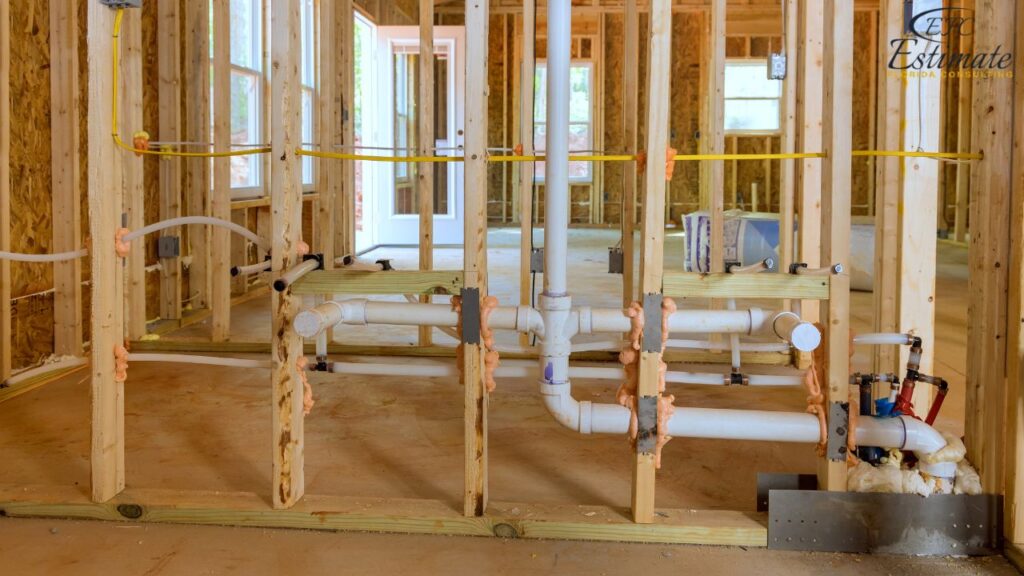
Proper planning and budgeting ensure that the project runs smoothly, and all stakeholders are aware of the financial commitments involved.
Factors Influencing the Cost of PEX Plumbing Installation
Several factors influence the cost of installing a PEX plumbing system. These include the size of the project, the complexity of the installation, the type of PEX used, labor costs, and additional features such as fittings and manifolds. Understanding these factors helps in estimating the total cost accurately and planning the project efficiently. Each factor plays a crucial role in determining the overall budget, and careful consideration of these aspects can lead to more effective resource allocation and project management.
Size of the Project
The size of the project significantly impacts the overall cost. Larger projects require more materials and labor, increasing the total cost. For example, a small single-family home will have different cost implications compared to a large multi-unit apartment building.
The size of the project significantly impacts the overall cost. Larger projects require more materials and labor, increasing the total cost.
Project Size | Cost Range |
Small Projects | $3,500 – $7,000 |
Medium Projects | $7,000 – $21,000 |
Large Projects | $21,000 – $42,000+ |
- Small Projects (up to 1,000 sq ft): $3,500 – $7,000. Small projects typically include simpler installations with fewer fixtures and shorter piping runs, making them more cost-effective. These projects often involve straightforward layouts and standard materials, reducing the complexity and overall cost. For example, a small home with one or two bathrooms and a simple kitchen layout will fall within this range.
- Medium Projects (1,000 to 3,000 sq ft): $7,000 – $21,000. Medium-sized projects often involve more complex layouts and additional fixtures, requiring more detailed planning and coordination. These projects might include multiple bathrooms, kitchens, and laundry rooms, increasing the overall cost. A medium-sized home with several bathrooms, a kitchen, and perhaps a laundry room or additional living spaces would fit this category.
- Large Projects (3,000 sq ft and above): $21,000 – $42,000+. Large projects involve significant planning efforts and coordination among multiple stakeholders. These projects often require extensive piping runs, multiple fixtures, and detailed engineering designs, increasing the total cost. Large multi-family buildings, luxury homes with multiple bathrooms and kitchens, or commercial properties would fall into this category.
Complexity of the Installation
The complexity of the installation is a crucial factor in determining the overall cost. Complex installations require more labor and specialized skills, increasing the total cost. The layout of the building and the presence of obstacles or special requirements can significantly impact complexity.
The complexity of the installation is a crucial factor in determining the overall cost. Complex installations require more labor and specialized skills, increasing the total cost.
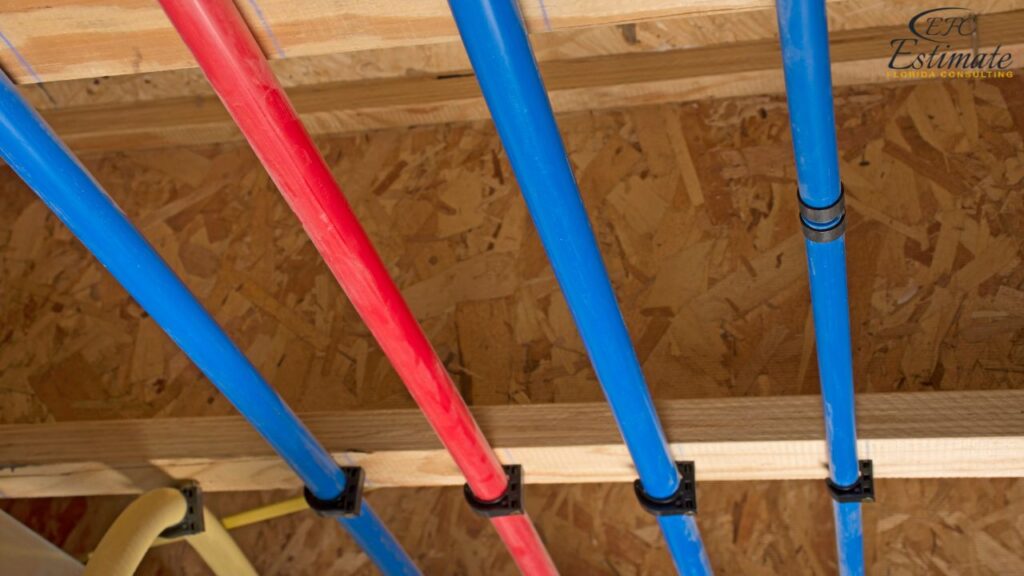
Installation Complexity | Cost per Linear Foot | Total Cost (for 1,000 linear feet) |
Simple Installations | $3.50 – $7 | $3,500 – $7,000 |
Moderate Installations | $7 – $14 | $7,000 – $14,000 |
Complex Installations | $14 – $28 | $14,000 – $28,000 |
- Simple Installations: $3.50 – $7 per linear foot. Simple installations involve straightforward layouts with minimal bends and connections, making them more cost-effective. These installations are typically found in new constructions or simple retrofits with minimal obstacles. For example, a new home build with a straightforward plumbing design would have lower complexity.
- Moderate Installations: $7 – $14 per linear foot. Moderate installations involve more complex layouts with multiple bends and connections, requiring more detailed planning and coordination. These installations are typically found in renovations or retrofits with moderate obstacles. A renovation project that requires navigating existing structures or integrating with older systems would be more complex.
- Complex Installations: $14 – $28 per linear foot. Complex installations involve intricate layouts with numerous bends, connections, and obstacles, requiring specialized skills and extensive labor. These installations are typically found in large-scale projects with significant structural challenges. Examples include multi-story buildings with complex plumbing requirements or older buildings with challenging retrofits.
Type of PEX Used
The type of PEX used significantly influences the overall cost. Different types of PEX offer varying levels of flexibility, durability, and cost. Choosing the right type of PEX for the specific needs of the project can impact both the initial installation cost and long-term maintenance expenses.
The type of PEX used significantly influences the overall cost.
PEX Type | Cost per Linear Foot | Total Cost (for 1,000 linear feet) |
PEX-A | $0.70 – $1.40 | $700 – $1,400 |
PEX-B | $0.42 – $0.98 | $420 – $980 |
PEX-C | $0.28 – $0.70 | $280 – $700 |
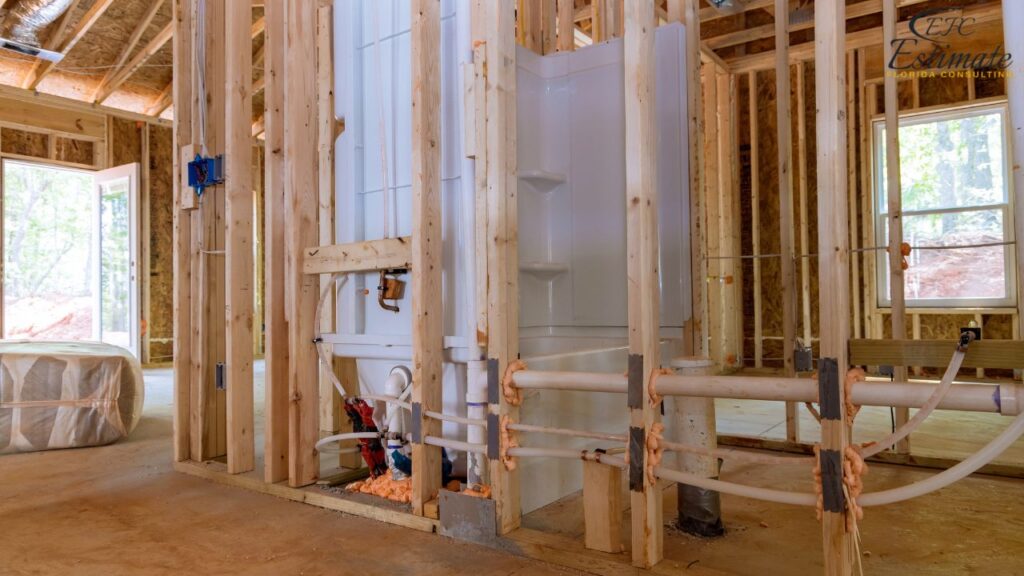
- PEX-A: $0.70 – $1.40 per linear foot. PEX-A is the most flexible and durable type of PEX, making it ideal for complex installations. It offers excellent freeze resistance and is highly resistant to kinking, making it the preferred choice for high-quality installations. PEX-A is often used in high-end residential and commercial projects where reliability and longevity are paramount.
- PEX-B: $0.42 – $0.98 per linear foot. PEX-B offers moderate flexibility and durability, making it suitable for standard installations. It is more affordable than PEX-A and offers good resistance to chemicals and heat. PEX-B is commonly used in typical residential projects where cost-efficiency and reliable performance are important.
- PEX-C: $0.28 – $0.70 per linear foot. PEX-C is the least flexible and durable type of PEX, making it suitable for simple installations. It is the most affordable option but is more prone to kinking and damage compared to PEX-A and PEX-B. PEX-C is typically used in small-scale projects or where budget constraints are a primary concern.
Labor Costs
Labor costs vary based on the complexity of the project and the location. Skilled labor is essential for ensuring quality installation, and wages can differ significantly from one region to another. The availability of skilled workers and local wage rates can impact the overall labor costs.
Labor costs vary based on the complexity of the installation and the location.
Labor Type | Cost per Hour | Total Cost (for 2,000 hours) |
Unskilled Labor | $63.70 – $101.92 | $127,400 – $203,840 |
Skilled Labor | $127.40 – $191.10 | $254,800 – $382,200 |
Specialized Labor | $191.10 – $254.80 | $382,200 – $509,600 |
Total | $63.70 – $254.80 | $764,400 – $1,095,640 |
- Unskilled Labor: $63.70 – $101.92 per hour. Unskilled labor is used for basic tasks such as carrying materials and assisting skilled workers. Proper management of unskilled labor can help keep the project on schedule and within budget. Efficient use of unskilled labor can optimize overall labor costs by freeing up skilled workers for more complex tasks, ensuring that the project runs smoothly and efficiently.
- Skilled Labor: $127.40 – $191.10 per hour. Skilled labor is necessary for tasks that require specific expertise, such as installing PEX piping and fittings. Skilled workers ensure that the installation is performed correctly, preventing issues such as leaks or structural damage. Investing in skilled labor can reduce long-term maintenance costs and enhance the overall quality of the installation.
- Specialized Labor: $191.10 – $254.80 per hour. Specialized labor includes professionals such as plumbers who have advanced skills in PEX plumbing installation. Hiring specialized labor can be more expensive but is often necessary for complex or high-stakes projects. Specialized labor ensures that technical systems are installed correctly and meet all regulatory standards, reducing the risk of future issues.
Download Template For Pex Plumbing Project Breakdown
- Materials list updated to the zip code
- Fast delivery
- Data base of general contractors and sub-contractors
- Local estimators
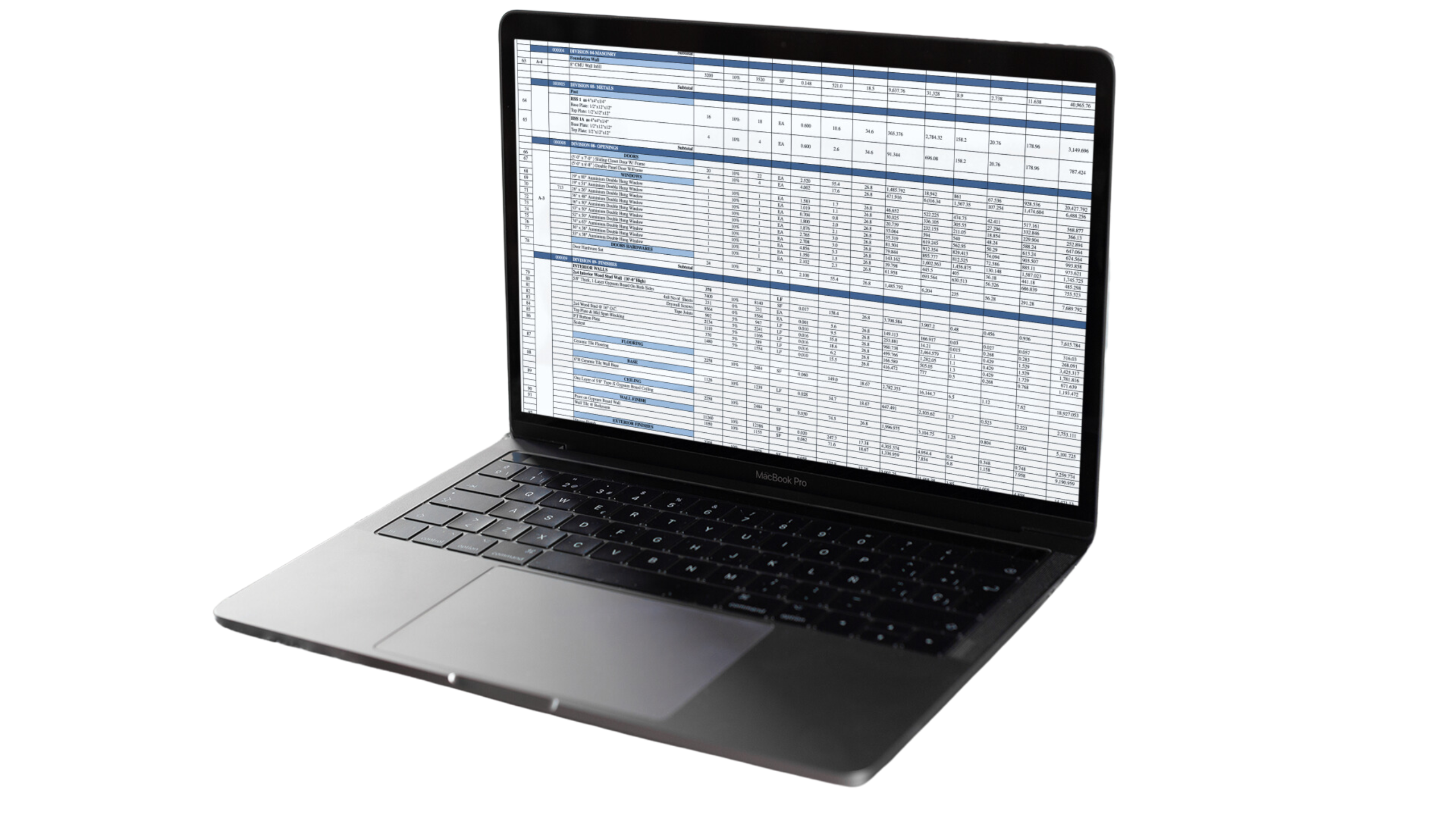
Additional Features
Additional features such as fittings, manifolds, and insulation can significantly impact the overall cost of installing a PEX plumbing system. These features enhance the functionality and efficiency of the plumbing system but add to the initial installation cost.
Additional features can significantly impact the overall cost of installing a PEX plumbing system.
Feature | Cost per Unit | Total Cost (for 100 units) |
Fittings | $0.70 – $7 | $70 – $700 |
Manifolds | $70 – $280 | $7,000 – $28,000 |
Insulation | $1.40 – $4.20 | $1,400 – $4,200 |
- Fittings: $0.70 – $7 per fitting. Fittings are essential for connecting PEX pipes and ensuring a secure and leak-free installation. The type and quality of fittings used can influence the overall cost. Higher-quality fittings, such as brass or stainless steel, provide better durability and performance but at a higher cost.
- Manifolds: $70 – $280 per manifold. Manifolds are used to distribute water from a single supply line to multiple fixtures, improving water flow and pressure. The type and quality of manifolds used can influence the overall cost. High-quality manifolds can enhance the efficiency and reliability of the plumbing system, making them a worthwhile investment for larger projects.
- Insulation: $1.40 – $4.20 per linear foot. Insulation is used to protect PEX pipes from freezing and reduce heat loss, improving the efficiency and durability of the plumbing system. The type and quality of insulation used can influence the overall cost. Proper insulation is crucial in colder climates to prevent pipe freezing and bursting, which can lead to costly repairs.
Detailed Cost Breakdown
To provide a clear picture of the installation costs for a PEX plumbing system, we have broken down the expenses into various categories. This detailed breakdown helps in understanding where the money is spent and in planning the budget more effectively. By examining each category, stakeholders can identify potential areas for savings and ensure that funds are allocated efficiently.
Environmental Impact and Sustainability
Sustainable Materials and Practices
Using sustainable materials and construction practices can significantly impact the overall cost of installing a PEX plumbing system. Although these choices may come at a higher initial cost, they offer long-term savings through durability and reduced maintenance. Eco-friendly materials such as low-VOC (volatile organic compounds) fittings and recycled insulation contribute to a healthier living environment and lower energy costs.
- Cost of Sustainable Materials: $637 – $1,428 per square foot. These materials often require specialized installation techniques and may come with higher upfront costs, but they offer significant long-term benefits in terms of energy savings and environmental impact. Using eco-friendly materials can also qualify the project for green building certifications, enhancing its appeal to environmentally conscious tenants and investors.
- Long-term Benefits: Reduced energy costs, lower maintenance expenses, and increased property value. Sustainable practices also improve indoor air quality and reduce the building’s overall carbon footprint, contributing to environmental conservation.
Energy Efficiency
Incorporating energy-efficient systems and technologies can increase the initial construction cost but result in substantial long-term savings. These systems include high-efficiency HVAC units, solar panels, and energy-efficient windows and insulation.
- Initial Cost of Energy-Efficient Systems: $28,000 – $70,000 per unit. This includes the cost of installing solar panels, energy-efficient HVAC systems, and high-performance windows and insulation.
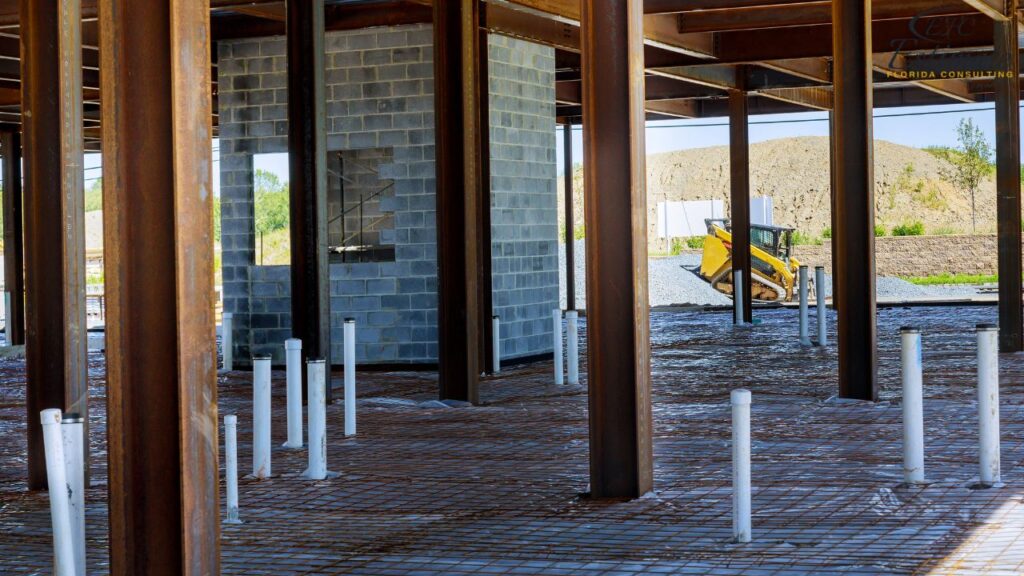
- Long-term Savings: Reduced utility bills, lower maintenance costs, and potential tax incentives. Energy-efficient systems can also enhance the property’s marketability, attracting tenants who prioritize sustainability.
Project Management and Planning
Importance of Effective Project Management
Effective project management is essential for controlling costs and ensuring timely completion. This includes detailed planning, regular monitoring, and coordination between different teams. Hiring a competent project manager can save money by avoiding delays, reducing waste, and ensuring that all aspects of the project meet the required standards.
- Cost of Project Management: $280,000 – $700,000 for a large project. This includes the salary of a project manager and the cost of project management software and tools.
- Benefits: Avoiding delays, reducing waste, and ensuring high-quality construction. A project manager also ensures that communication among all stakeholders is clear and efficient, helping to resolve issues quickly and maintain project momentum.
Risk Management and Contingency Planning
Unexpected issues can arise during building construction, making it essential to include a contingency fund in the budget. This fund covers unforeseen expenses such as delays, design changes, or additional materials. Allocating around 10-15% of the total budget for contingencies can help manage these surprises and keep the project on track.
- Contingency Fund: $7,000,000 – $21,000,000 for a large project. This fund provides a financial buffer to address unexpected challenges without disrupting the project’s progress.
- Benefits: Minimizing delays and additional costs, enhancing investor confidence, and supporting smoother project financing. Proper contingency planning ensures that the project can continue smoothly even when unexpected challenges arise, reducing stress for stakeholders.
Get 5 New Leads Next 7Days With Our System
- Multi-Family Building
- Hotel Building
- Hospital Building
- Warehouse Building
- High-Rise Building
- Shopping Complex
Conclusion
Estimating the cost of installing a PEX plumbing system accurately is vital for the success of any construction project. By understanding the various factors that influence costs and using a detailed cost estimator, you can plan your project effectively and ensure it stays within budget. Whether you are undertaking a single-family home or a multi-family unit, careful planning and budgeting are key to achieving high-quality, timely, and cost-effective results. Investing in skilled professionals, quality materials, and effective project management will help you achieve a successful and sustainable building construction. The effort put into pre-construction planning lays a strong foundation for the entire project, leading to better outcomes and greater satisfaction for all stakeholders. Accurate cost estimation not only supports financial stability but also contributes to the overall success and quality of the construction project.
Frequently Asked Questions (FAQs)
Installing a PEX plumbing system can cost between $3,500 and $42,000+, depending on factors like project size, complexity of the installation, type of PEX used, labor costs, and additional features.
Key factors include the size of the project, complexity of the installation, type of PEX used (PEX-A, PEX-B, PEX-C), labor costs, and additional features such as fittings, manifolds, and insulation.
Larger projects require more materials and labor, increasing the total cost. Small projects (up to 1,000 sq ft) cost $3,500 – $7,000, medium projects (1,000 to 3,000 sq ft) cost $7,000 – $21,000, and large projects (3,000 sq ft and above) cost $21,000 – $42,000+.
More complex installations require more labor and specialized skills, increasing the total cost. Simple installations cost $3.50 – $7 per linear foot, moderate installations cost $7 – $14 per linear foot, and complex installations cost $14 – $28 per linear foot.
The type of PEX used significantly influences the overall cost. PEX-A costs $0.70 – $1.40 per linear foot, PEX-B costs $0.42 – $0.98 per linear foot, and PEX-C costs $0.28 – $0.70 per linear foot. PEX-A is the most flexible and durable, making it ideal for complex installations, while PEX-C is the most affordable but less durable.
Labor costs vary based on the complexity of the tasks and the location. Unskilled labor costs $63.70 – $101.92 per hour, skilled labor costs $127.40 – $191.10 per hour, and specialized labor costs $191.10 – $254.80 per hour.
Additional features such as fittings, manifolds, and insulation can significantly impact the overall cost. Fittings cost $0.70 – $7 per unit, manifolds cost $70 – $280 per unit, and insulation costs $1.40 – $4.20 per linear foot.
Sustainable practices and eco-friendly materials can increase initial costs but offer long-term savings through durability and reduced maintenance. Using sustainable materials can also qualify the project for green building certifications.
Energy-efficient systems can increase initial construction costs but result in substantial long-term savings. These systems include high-efficiency HVAC units, solar panels, and energy-efficient insulation, which reduce utility bills and maintenance costs.
Effective project management ensures costs are controlled and timelines are met. Detailed planning, regular monitoring, and coordination between teams help avoid delays, reduce waste, and ensure quality construction.
A contingency fund covers unforeseen expenses such as delays, design changes, or additional materials. Allocating around 10-15% of the total budget for contingencies helps manage surprises and keeps the project on track.
The total estimated cost ranges from $3,500 to $42,000+, considering costs for project size, installation complexity, type of PEX used, labor, and additional features.
Accurate cost estimation ensures financial stability, supports effective resource allocation, and helps in scheduling and resource management. It leads to better project outcomes, higher quality installation, and greater satisfaction for all stakeholders.
Google Reviews

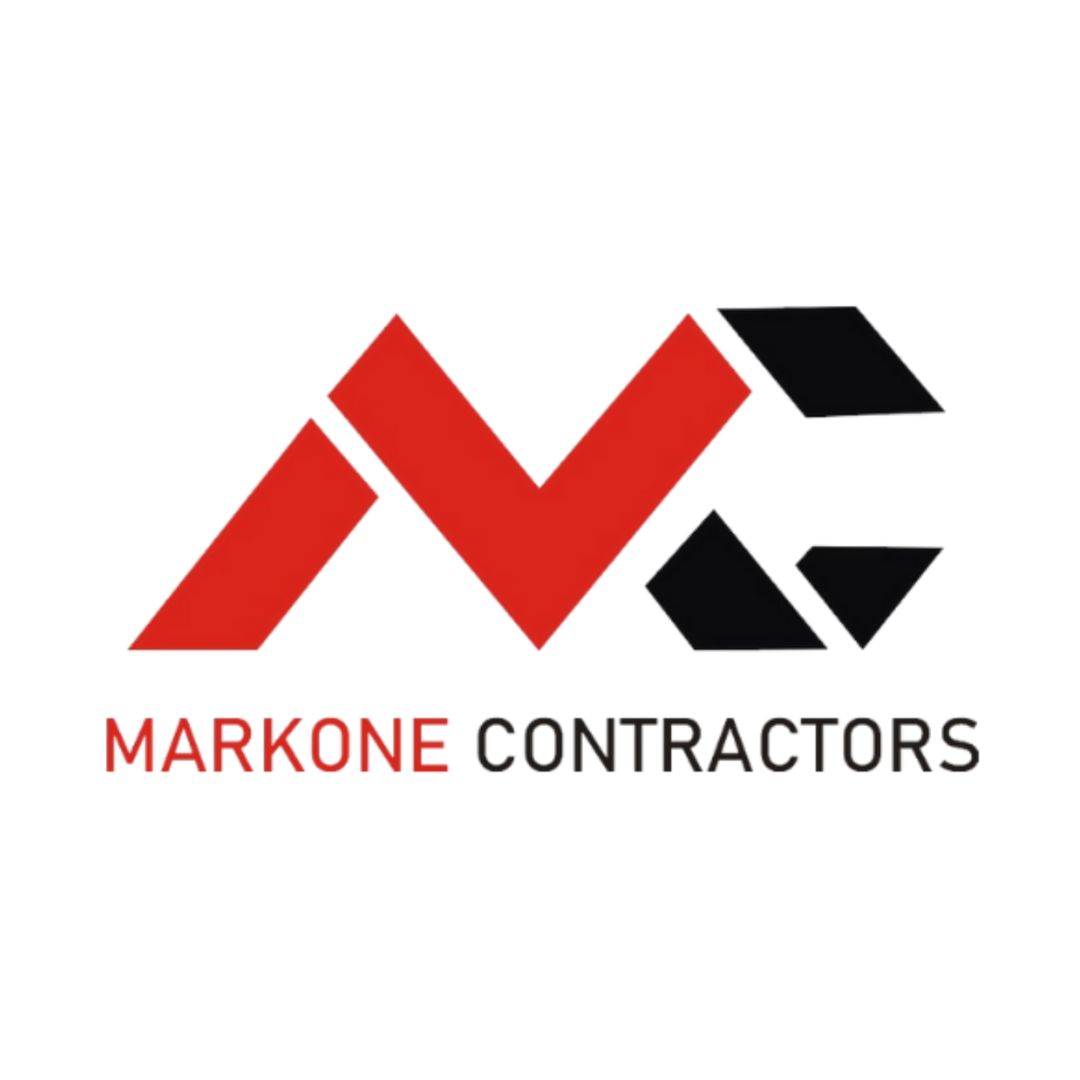

Process To Get PEX Plumbing Cost Estimate Report
Here I am going to share some steps to get your PEX plumbing cost estimate report.
-
You need to send your plan to us.
You can send us your plan on info@estimatorflorida.com
-
You receive a quote for your project.
Before starting your project, we send you a quote for your service. That quote will have detailed information about your project. Here you will get information about the size, difficulty, complexity and bid date when determining pricing.
-
Get Estimate Report
Our team will takeoff and estimate your project. When we deliver you’ll receive a PDF and an Excel file of your estimate. We can also offer construction lead generation services for the jobs you’d like to pursue further.

